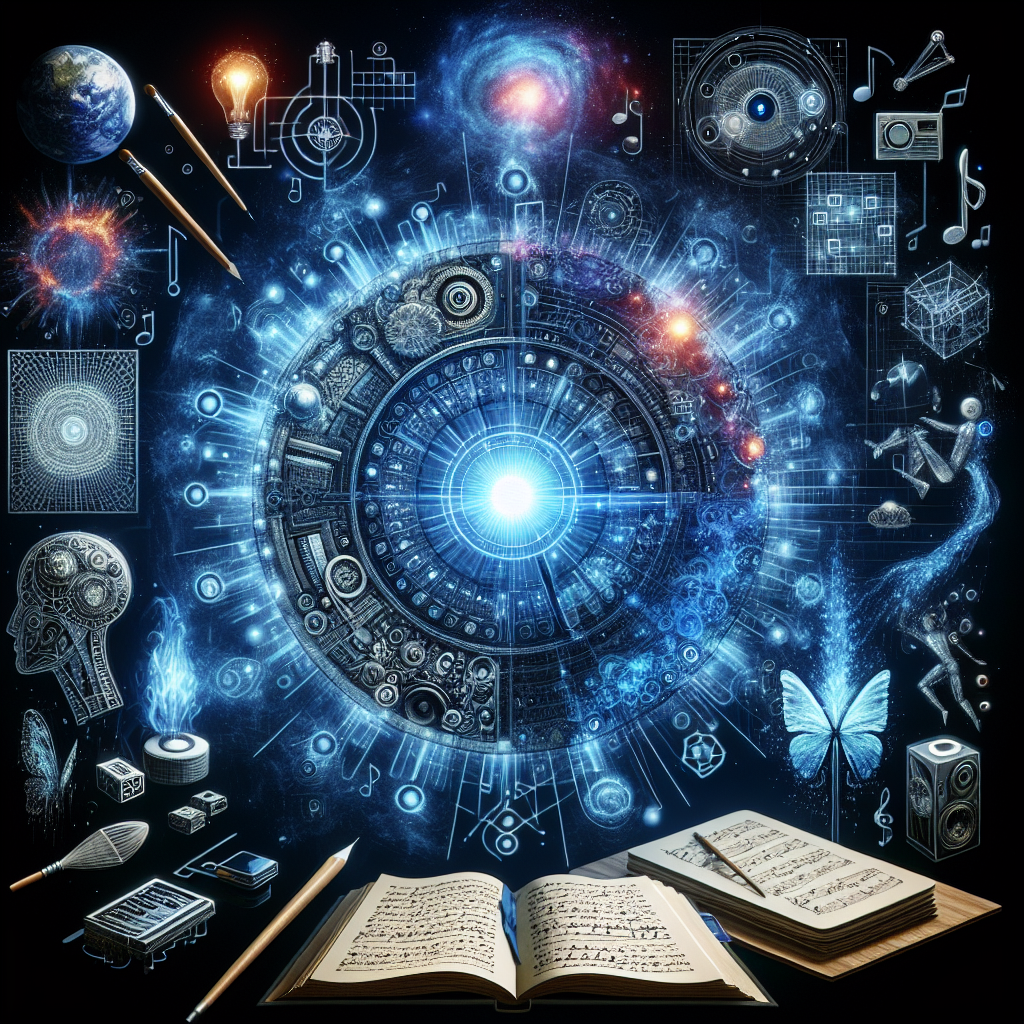In recent years, generative artificial intelligence (AI) has become a transformative force across multiple sectors, changing the way we create, consume, and engage with content. Its capability to generate text, images, music, and even videos has ignited both enthusiasm and apprehension regarding its effects on creativity and content creation. This article explores the workings of generative AI, its advantages, obstacles, and the wider implications for artists, content creators, and society as a whole.
What is Generative AI?
Generative AI encompasses algorithms capable of producing new content by learning patterns from existing datasets. By employing techniques such as deep learning and neural networks, these systems analyze vast amounts of data—including text, images, audio, and video—to create original outputs. Notable instances of generative AI include:
- Text Generation Models: Language models like GPT-4 can generate coherent, contextually relevant text based on prompts.
- Image Synthesis: Tools like DALL-E and Midjourney can create impressive visuals from textual instructions.
- Music Composition: AI such as OpenAI’s MuseNet can compose music across different genres.
Implications for Creativity
1. Augmentation of Human Creativity
Generative AI serves as a tool for enhancing creativity rather than replacing it. For artists and writers, these systems can provide inspiration, propose alternatives, or even collaborate on creative projects. This partnership can yield innovative results that might not emerge from human endeavor alone. For example, authors can utilize AI for brainstorming plot ideas, while visual artists might apply style transfer techniques for unique artistic creations.
2. Access and Democratisation
The technology also promises to democratize creativity, making tools once reserved for skilled professionals accessible to amateurs and hobbyists. This reduction of barriers encourages more individuals to express themselves artistically, fostering a rich tapestry of creativity driven by diverse viewpoints. As generative tools become easier to use, anyone can become a content creator, leading to a surge in fresh ideas and forms of expression.
3. New Genres and Forms
The integration of generative AI is redefining traditional notions of creativity. We are witnessing the rise of new genres—such as AI-generated art, literature, and music—that merge human and machine creativity. This blending could lead to entirely novel forms of expression that were previously unimaginable, pushing the boundaries of art and creativity further.
Challenges and Ethical Considerations
While the advantages of generative AI are numerous, they also present considerable challenges.
1. Intellectual Property Issues
A primary concern about generative AI is the issue of intellectual property. As AI systems generate content based on existing works, ownership and authorship come into question. Who owns an AI-generated artwork? Is it the programmer, the individual who prompted the AI, or does it belong to the dataset it learned from? Legal frameworks are still catching up to these advancements, making it a complex landscape filled with potential disputes.
2. Quality Control and Authenticity
Generative AI can create content that is indistinguishable from human-made works, raising concerns over quality and authenticity. Misinformation and deepfakes pose significant risks, especially in journalism and social media. As AI-generated content proliferates, maintaining its integrity and authenticity is essential for preserving trust in information sources.
3. Impact on Employment
The emergence of generative AI could disrupt traditional job markets, particularly in creative fields. While some argue that AI will render certain positions obsolete, others contend it will generate new collaborative opportunities. For instance, rather than eliminating roles, AI could lead to the evolution of positions where human supervision and creativity are crucial.
The Future of Generative AI in Creativity
The future of generative AI in creativity is filled with possibilities. We can anticipate advancements that enhance the sophistication and adaptability of AI systems, resulting in even more innovative applications. However, it is crucial to navigate the ethical, legal, and societal ramifications to ensure that generative AI acts as a beneficial force within the creative landscape.
1. Collaborative Frameworks
Establishing frameworks that encourage human-AI collaboration will be vital. These frameworks should emphasize ethical guidelines, ensuring that outputs respect intellectual property rights while fostering creativity.
2. Education and Training
As generative AI becomes a key element of the creative process, educating artists and creators on effectively using these tools will become critical. Workshops, courses, and resource-sharing platforms can empower individuals with the skills needed to leverage AI for creative projects.
3. Cultural Impact and Reflection
As generative AI reshapes the creative landscape, it will also impact culture and society. Artists and creators must reflect on and critique the implications of AI usage, ensuring that technology serves as a muse rather than a master.
Conclusion
Generative AI marks a significant milestone in the progression of creativity and content creation. By amplifying human capabilities, democratizing artistic expression, and challenging conventional paradigms, generative AI holds immense promise. However, it is essential to address related challenges, such as intellectual property issues and potential job impacts. As we navigate this uncharted territory, a balanced approach encouraging collaboration between human creativity and artificial intelligence will be crucial for unlocking the full potential of generative AI in the future of creativity.

